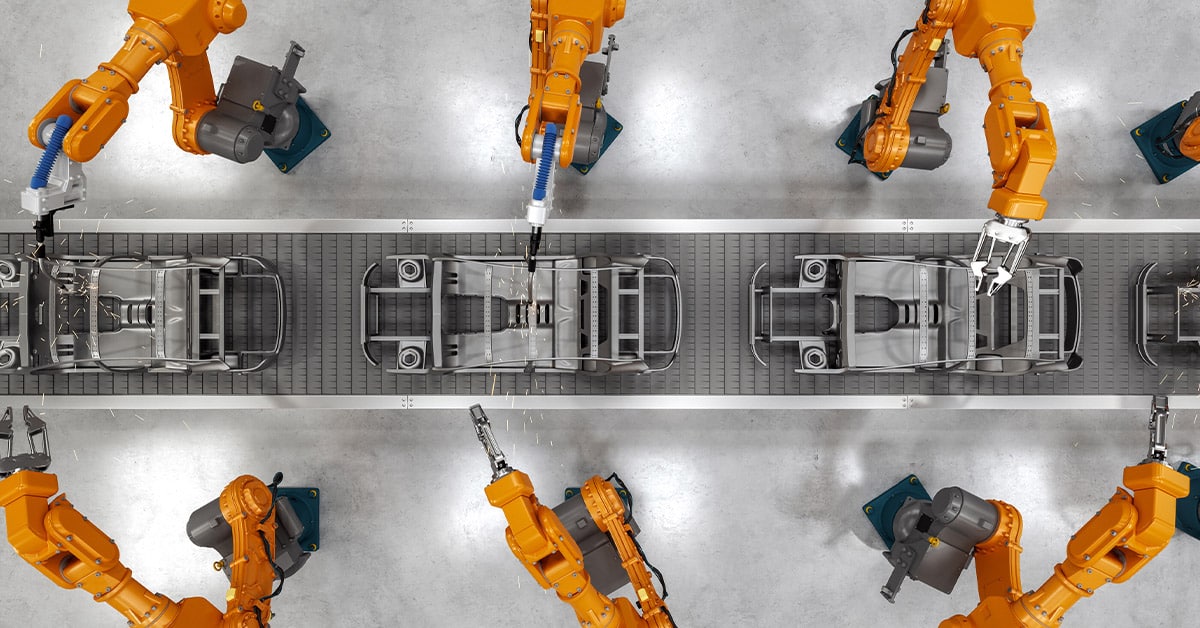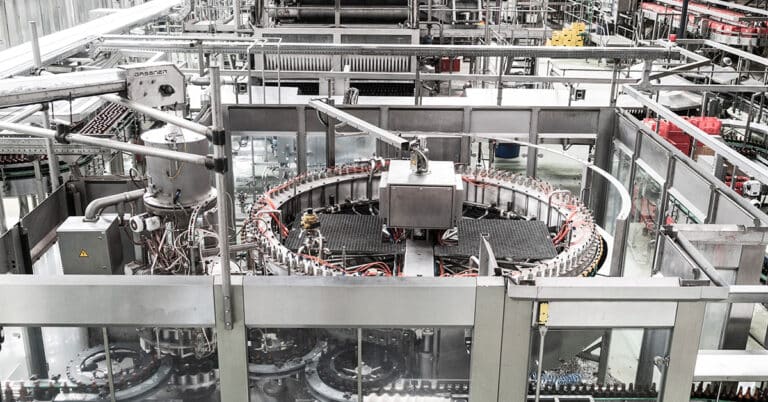When product doesn’t meet the required standard it’s usually either scrapped or reworked. Both are expensive. That’s why manufacturers serious about eliminating waste strive for Zero Defect Manufacturing.
As a quality management concept, Zero Defect Manufacturing underpins Lean and Six Sigma thinking. The logic is that driving down the occurrence of flaws and deviations from specification reduces waste and increases OEE. By ensuring customers only receive goods of the quality they expect, it also boosts a company’s reputation and can help grow market share.
This blog introduces the zero defects concept in manufacturing. It covers the principles, some implementation strategies, tools and techniques and the importance of training and culture.
Principles of Zero Defect Manufacturing
Quality management professionals argue it’s better to prevent defects than to find them after the event. While few would disagree, it’s hard to actually do this. Three Zero Defect principles provide a framework.
Take a proactive approach to quality control
The worst place to find defective product is at the end of the production process. By this point, significant costs have been incurred in making things that can’t be sold. There’s also a risk of being short on the quantity required, necessitating partial delivery or issuing a second “rush” order. (Overproducing in case of defects is equally, if not more, wasteful.)
Inspection after each production step can be better, although may carry a cost. Even when post-process inspections are necessary, they are not a substitute for process controls. The best approach is adopting a rigorous attitude to quality control in manufacturing by engineering processes to prevent defects.
Another example of proactive quality control is the Japanese principle of Poka-Yoke. This is an approach that seeks to prevent mistakes before they have a chance to occur by removing the potential for errors. For example, equipment can be equipped with safety measures that prevent it from being activated until the part is inserted in a specific orientation. This means there’s virtually no chance of wasted effort or malfunctioning caused by the part being machined in the wrong position.
Continuous improvement
Prevention entails finding root causes and making changes to prevent future occurrence. This requires a commitment to continuous improvement, capturing data and using tools from Lean and Six Sigma.
Continuous improvement also means following the Plan-Do-Check-Act (PDCA) cycle. This provides a framework for testing improvements prior to large scale implementation. The cycle begins with plans to make a change to a process to achieve improvements. From there, the next step is to carry out a test of that change followed by a review of whatever results were achieved. Finally, technicians act upon the findings to either make the change a permanent one or start over again from the beginning. Real-time data capture can make the PDCA cycle much easier.
Employee involvement
People working in manufacturing should be engaged in finding root causes and preventing defects. This requires education in the impact of defects plus training in procedures for equipment operation and quality improvement. They should also be encouraged to raise concerns regarding materials, tooling and machine condition because they are often the first to see when problems are developing. It’s important to encourage and facilitate cross-functional collaboration to ensure engineering, quality and maintenance teams are all on the same page.
Another technique that can help boost employee engagement is the concept of Gemba walks. These involve team leaders going down and physically walking the production floor to observe processes as they occur. This is an opportunity for employees to share any observations they may have about which processes are functioning as intended or where improvements may be needed.
Benefits of Zero Defect Manufacturing
Reducing defects improves product quality, which means higher customer satisfaction, fewer warranty claims, lower instances of complaints and an improved reputation. This usually enhances a company’s image and competitiveness in the market.
Zero defects in production and operations management also translates to cost savings as it’s expensive to rework or scrap product. With improved process control, there’s also less to do in terms of maintenance and replacements, which further enhances cost-effectiveness. Customer complaints can be very expensive if they turn into warranty claims, although this at least provides an opportunity to rescue the situation. Worse still is the cost of an unhappy customer who doesn’t purchase again.
Key strategies for implementing Zero Defect Manufacturing
Three approaches to take are: root cause analysis, Six Sigma and Lean (technically different methodologies, but closely related) and Advanced Quality Planning.
Root cause analysis is usually performed by a team. They use tools such as Ishikawa (fishbone) diagrams and the “5 Whys” to gain a detailed understanding of the problem and, hence, how to stop it from happening again. Typically, targets for root cause analysis are identified by Pareto Analysis of defect rates or scrap data.
Six Sigma and Lean approach waste elimination from different directions. Six Sigma is about managing variation, while Lean harnesses the knowledge of production workers to reduce non-value-adding work. Continuous improvement (kaizen) is a core element of Lean.
Advanced Quality Planning, or Advanced Product Quality Planning (APQP) in the automotive industry, is a systematic approach to managing quality. It comprises multiple steps that address quality issues during design, product launch and manufacturing with tools such as Design Failure Mode and Effects Analysis (DFMEA) to identify things that could go wrong.
Tools and technologies for Zero Defect Manufacturing
Four ways manufacturers can drive towards zero defects are:
1. Automated inspection systems: While machine vision systems, laser scanners, ultrasonic sensors and other technologies find defects rather than prevent them, they perform consistently, provide immediate detection and gather data to support root cause analysis.
2. Predictive maintenance: Machine condition plays a large role in variability, including pressure irregularities and vibration misalignments. Preventive maintenance keeps equipment in good condition but carries a risk of doing too much work too frequently, and perhaps of the wrong type. Predictive maintenance using machine health monitoring systems, where the goal is to attend to equipment just before failure, is a better approach.
3. Data analytics and AI: As root cause analysis invariably reveals, defects don’t arise out of nowhere. They develop over time, following established patterns. Data analytics and AI can spot these signals and warn of problems before they become visible to human eyes and ears, such as predicting yield loss based on data collected from upstream sensor patterns.
4. Quality management software: As well as managing standard operating procedures, software for data capture and analysis reduces manual workload, enhances communication and produces results faster. Some examples include statistical process control (SPC) and CAPA systems. The record-keeping features in these platforms also provide audit trails and enhanced regulatory compliance.
Role of employee training and culture
Quality hinges on employees following the defined practices and procedures. Given that human error is inevitable, ongoing education and training is an essential element of Zero Defect Manufacturing. This applies just as much to technician training as to that of production workers.
Ultimately, for ongoing defect prevention, it’s necessary to go beyond training and tools by creating a culture of quality. This is where no one accepts or tolerates divergence from accepted standards, and any such events are quickly identified, put right and prevented from occurring again.
Encouraging employees to go through structured training programs and certifications such as Six Sigma Yellow Belt and ISO 9001 also contribute to a zero-defect culture.
Upgrade machine maintenance as part of a zero defects manufacturing effort
Defect prevention attacks the sources of waste, helps reduce costs and improves customer perception. As discussed here, Zero Defect Manufacturing mindset engages employees across the business in this effort with a variety of tools and technologies.
Machine condition is an important factor in defect prevention, and effective maintenance strategies will contribute to the zero defects goal. As a leader in outsourced industrial maintenance, ATS helps businesses with their asset care needs. Contact us to learn more.






